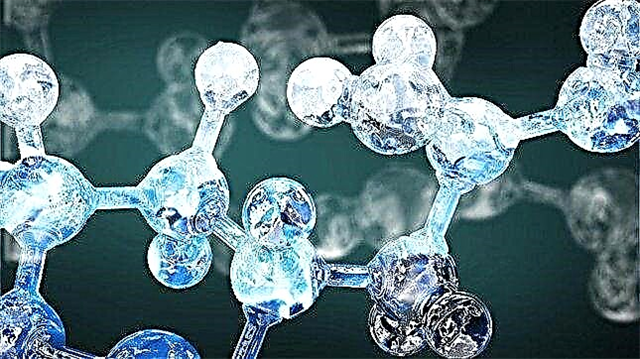
Star formation lasts from the very beginning of the universe. This means that galaxies are slowly but steadily dying.
How galaxies come in contact with the surrounding matter and where they are are their main characteristics, showing the ability to form new stars. This process theoretically should last forever. However, it is still not known exactly how the surrounding Universe can affect the life of the galaxy. The most extreme parts of the universe are clusters of galaxies. They contain hundreds, thousands of milky ways similar to ours.
The presence of gravity significantly accelerates the movement of galaxies. They can move with impressive force - up to a thousand and even more kilometers per second. Under these conditions, the intergalactic plasma is able to warm up to a temperature that allows it to emit x-ray radiation. This is a rather inhospitable place in the Cosmos, in which active processes of destruction of celestial bodies and even the formation of black holes can be observed.
The results of recent observations suggest that it is precisely the strong interaction between galaxies that can nullify the process of star formation. If the milky way is large and large, the cessation of the active formation of new stars automatically means its slow death.
After a relatively short time (of course, by earthly standards - it is hundreds of thousands and millions of years) the star loses energy sources so much that it turns into a quasar - a powerful source of radio emission.
Astronomers have organized the VERTICO scientific project specifically to study the process of star formation attenuation. For this, powerful ALMA telescopes are used so that it is possible to observe the presence of molecular hydrogen in galactic clusters. It is this gas that gives life to new stars.
A team of astronomers managed to study in detail over 50 galaxies in a cluster of stars of the constellation Virgo. It is closer to us and is just in the state of active formation of new stars. Scientists are gradually getting new images of space objects at different stages of their evolution.
The milky ways in this cluster are observed in almost the entire spectrum. However, it is not possible to detect the presence of molecular hydrogen in it in concentrations indicating the imminent formation of new space objects. This means that the galaxies in the observed star cluster are doomed to slow death. Of course, such a process is not observed in our milky way.
Astronomers take on the examination of new stellar clusters. They do this to compare the results of observations and find out the exact causes of the death of galaxies. It is possible that the use of new space technologies will make it possible to discover what is pushing the milky ways to the path of certain death.











